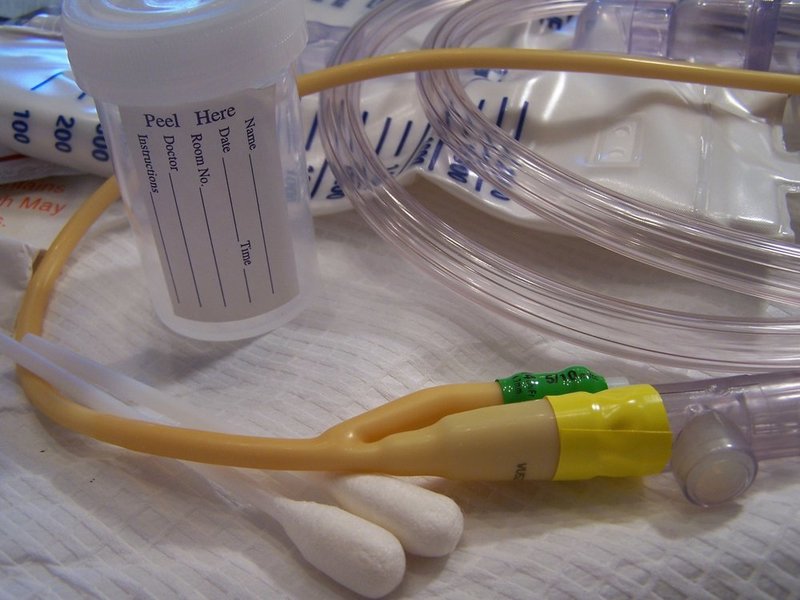Avoiding Foley catheter when possible prevents complications in >50% patients: JAMA
M3 Global Newsdesk Aug 25, 2018
Because noninfectious complications caused by catheterization are common, avoiding catheterization whenever possible may be prudent, according to researchers of a study published in JAMA Internal Medicine.

Warning patients of the potential complications, both infectious and noninfectious, may also be wise. “Our findings underscore the importance of avoiding an indwelling urinary catheter unless it is absolutely necessary, and removing it as soon as possible,” said lead author Sanjay Saint, MD, MPH, chief of medicine, Medicine Service, Veterans Affairs Ann Arbor Healthcare System (VAAAHS), Ann Arbor, MI. Dr. Saint is also the George Dock Professor of Internal Medicine, University of Michigan, and director of the U-M/VA Patient Safety Enhancement Program.
Although much of the focus on the complications from indwelling urinary catheters has been aimed at urinary tract infections, infectious complications are five times less common than noninfectious complications.
“While there has been appropriate attention paid to the infectious harms of in-dwelling urethral catheters over the past several decades, recently we have better appreciated the extent of non-infectious harms that are caused by these devices,” he added.
Dr. Saint and colleagues conducted a prospective cohort study to assess the incidence of infectious and noninfectious patient-reported complications associated with indwelling urethral catheters. They included 2,076 patients (mean age: 60.8 years; 71.4% male) from one of four hospitals in two states. A full 79.6% had short-term catheters, which were removed within 3 days in 76% of patients, placed for surgical procedures.
In all, 57.0% of patients reported at least one complication caused by a catheter in the 30 days after its insertion, with 10.5% reporting infectious complications, and 55.4% noninfectious complications, including pain/discomfort, blood in the urine, or a sense of urgency. About 20% experienced urine leakage.
Researchers observed that women were more likely to report an infectious complication than men (15.5% vs 8.6%; P < 0.001), and men were more likely to report a noninfectious complication (58.6% vs 47.3%; P< 0.001).
In patients with catheters still in place, restrictions on their general activities of daily living were common (39.5%), as were restrictions on social activities (43.9%). After catheter removal, 4.9% reported sexual problems.
According to senior author Sarah Krein, PhD, RN, also of the VAAAHS and the University of Michigan: “Given our findings, we believe it is important to develop strategies for better tracking noninfectious complications of the urethral catheter and prepare patients for dealing with these types of issues, especially after they leave the hospital.”
This study was supported by grants from the Department of Veterans Affairs Health Services Research and Development Service.
This story is contributed by Liz Meszaros and is a part of our Global Content Initiative, where we feature selected stories from our Global network which we believe would be most useful and informative to our doctor members.
-
Exclusive Write-ups & Webinars by KOLs
-
Daily Quiz by specialty
-
Paid Market Research Surveys
-
Case discussions, News & Journals' summaries